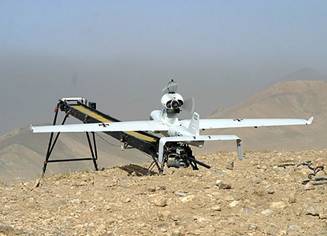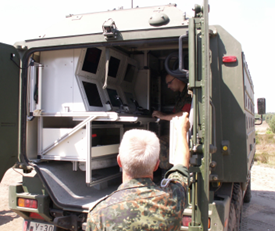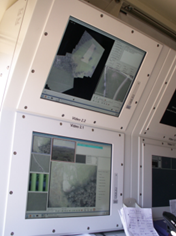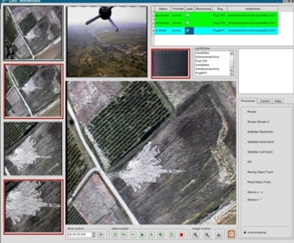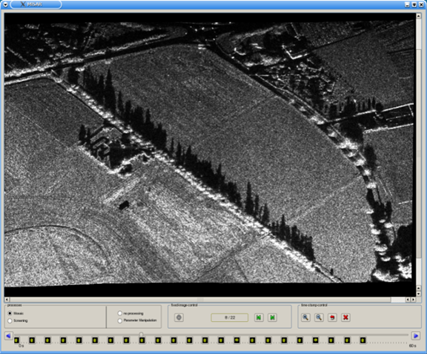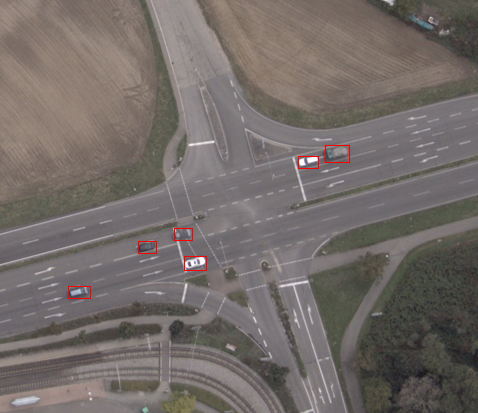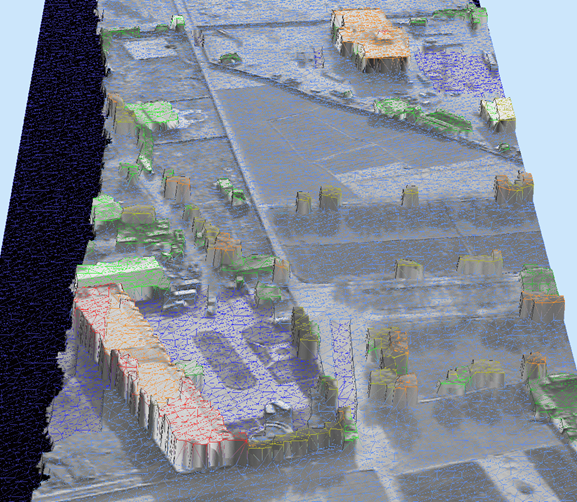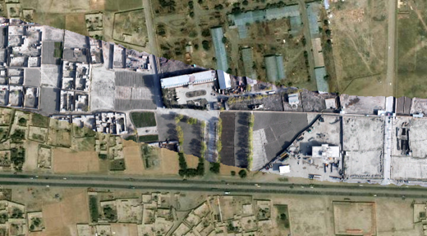For reconnaissance and surveillance in the security sector, unmanned systems are increasingly being used whose main sensor technology consists of video sensors. Using the example of the Luna drone, which has been successfully deployed by the German Army for many years, a generic integration platform has been implemented into which procedures for automatic Image Exploitation have been integrated.
The main benefit of this process is to relieve the evaluators of several hours of observation and evaluation tasks, as is achieved, for example, by integrated image stabilisation. In addition, new products are derived from the data of the drone, which allow for an improved transfer of results.
These include:
- Image mosaics
- Georeferenced mosaics and satellite images
- Image stabilization
- 3D-data and depth maps
 Fraunhofer Institute of Optronics, System Technologies and Image Exploitation IOSB
Fraunhofer Institute of Optronics, System Technologies and Image Exploitation IOSB 